the power of silence in counselling: when saying nothing says everything
In our everyday conversations, silence often feels uncomfortable. We rush to fill gaps with words, fearing awkwardness or misunderstanding. But in counselling, silence holds a very different kind of power—one that invites depth, reflection, and profound connection.
As a therapist, I’ve come to appreciate silence as more than just a pause between words. It’s an active, intentional space that allows emotions, thoughts, and deeper truths to surface. Silence can feel challenging, but it is often where the most meaningful moments in therapy occur.
Silence as a Space for Reflection
In the fast pace of daily life, we rarely have the time to sit quietly with our thoughts. Counselling offers a unique space where silence becomes a tool for reflection. When I sit in silence with a client, it’s not passive—it’s an invitation for them to explore their inner world without interruption.
Sometimes, the most insightful moments arise not from what’s said, but from what’s felt in the silence. It gives clients permission to process their emotions fully, consider new perspectives, and connect dots that might have previously gone unnoticed.
Creating Emotional Safety
Silence can be a powerful way of holding space. It communicates that there’s no rush, no pressure to “perform” or provide immediate answers. This can be deeply reassuring for clients, especially those who have felt unheard or invalidated in other areas of their lives.
In moments of silence, clients often realize that they don’t need to fill the space with explanations or justifications—they can simply be. This can foster a deeper sense of trust and emotional safety within the therapeutic relationship.
Silence as a Mirror
Silence also acts as a mirror, reflecting what’s happening beneath the surface. It can highlight areas of tension, discomfort, or emotional resistance. When a client responds to silence with restlessness or avoidance, it can reveal deeper fears or patterns worth exploring.
I sometimes ask, *“What’s happening for you in this silence?”* This simple question can open doors to new insights. The reactions to silence—whether it’s calm, anxiety, or even frustration—are all meaningful and worth exploring.
Encouraging Deeper Emotional Expression
Some clients need silence to connect with their emotions fully. In a world filled with constant noise and distractions, it can take time to access deeper feelings. Silence offers that space.
I’ve witnessed moments where a client, sitting in silence, suddenly connects with a buried emotion—a tear, a smile, a sigh of relief. These moments often carry more weight than any words exchanged. Silence allows emotions to surface organically, without force.
Navigating the Discomfort of Silence
Not all silence feels peaceful. For many, it can bring discomfort, anxiety, or the urge to “fill the gap.” In counselling, this discomfort is valuable. It can signal areas where a client feels vulnerable, exposed, or uncertain.
Part of my role is to help clients sit with that discomfort—to explore why silence feels uneasy and what it might be revealing. Often, it leads to breakthroughs. When clients move past the initial awkwardness, they can access deeper self-awareness and emotional growth.
Silence in Different Therapeutic Approaches
In my integrative approach—blending person-centred and psychodynamic techniques—silence serves multiple purposes. From a person-centred perspective, silence honours the client’s pace and autonomy. It allows them to lead the session without pressure.
From a psychodynamic lens, silence can bring unconscious material to the surface. In those pauses, clients might notice feelings or thoughts they hadn’t been fully aware of before. It’s in these quiet spaces that the roots of certain behaviours or emotions can begin to emerge.
Cultural and Individual Sensitivities Around Silence
It’s important to recognise that not everyone experiences silence in the same way. Cultural backgrounds, personal histories, and individual temperaments shape how clients respond to silence. For some, it feels comforting and grounding; for others, it might trigger anxiety or a sense of disconnection.
Part of my role is to be sensitive to these differences. If a client struggles with long silences, I adjust my approach. The goal isn’t to create discomfort for the sake of it but to use silence thoughtfully and intentionally.
Silence as a Shared Experience
One of the most profound aspects of silence in counselling is that it’s shared. Sitting in silence with another person can create a deep sense of connection, even without words. It communicates presence, empathy, and respect.
There have been moments in sessions where a long silence felt deeply intimate—not awkward, but powerful. In these moments, silence becomes a form of communication in itself, conveying understanding and acceptance.
When Silence Speaks the Loudest
Some of the most impactful moments in therapy have happened in complete silence. A client processing grief, sitting with a complex realization, or simply feeling held in a moment of vulnerability—these experiences don’t always need words.
Silence gives weight to emotions. It honours the depth of a client’s experience without rushing to explain or fix it. Sometimes, the most healing thing I can do is simply be there in that quiet space.
Final Thoughts: Embracing the Power of Silence
In counselling, silence isn’t empty—it’s full of potential. It invites reflection, encourages deeper emotional exploration, and strengthens the therapeutic bond. Though it can feel uncomfortable at times, it often leads to the most meaningful insights and moments of growth.
As a therapist, I continue to learn from the power of silence. It teaches me patience, presence, and the value of simply being with someone in their experience. And for clients, it offers a rare and valuable space to truly hear themselves.
In a world that often prioritizes noise and speed, silence in therapy offers something rare: the chance to pause, reflect, and connect on a deeper level. And that, in itself, is profoundly healing.
